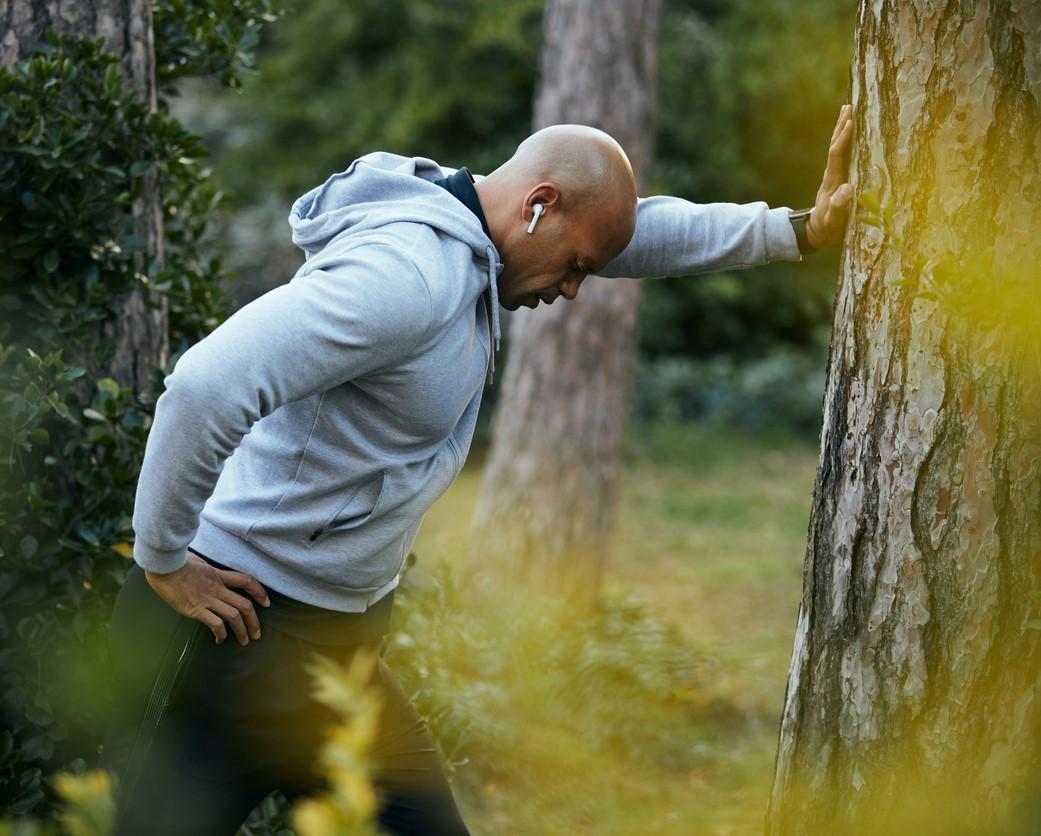A new systematic review and meta-analysis published in JAMA Network Open suggests that rehabilitation interventions involving breathing exercises and physical training are associated with improvements in functional exercise capacity, difficulty breathing, and quality of life for patients with long COVID, or post-COVID condition (PCC).
"There is an urgent need for evidence-based rehabilitation interventions to support people affected by PCC," the authors write in the introduction to the study.
The review was based on 14 randomized clinical trials involving 1,244 PCC patients. All trials compared respiratory training and exercise-based rehabilitation interventions with either placebo, usual care, waiting list, or control in patients with PCC.
The main outcome measured was improvements in functional exercise capacity, most commonly defined by improvements in the 6-minute walking test, which is a functional test of how quickly subjects can cover a certain number of meters in a 6-minute walk. Secondary outcomes included fatigue, functional leg strength and endurance, dyspnea (difficulty with breathing), respiratory function, and quality of life.
Forty-five percent of the trial participants included in the analysis were women, and PCC patients had a median age of 50 years. Six trials included patients who had previously been hospitalized due to a COVID-19 infection, and three trials had patients who had not been hospitalized. Five trials included mixed populations.
Better quality of life, breathing
The most common rehabilitation intervention seen in the trials were breathing exercises. Breathing exercises with resistance and aerobic training was also an intervention, as was physical exercise without a breathing exercise component.
In seven trials, which included 389 participants, rehabilitation interventions were associated with improvements in functional exercise capacity (standardized mean differences [SMD], −0.56; 95% credible interval [CrI,] −0.87 to −0.22) with moderate certainty for the 6-minute walk test.
Patients in the intervention group were able to cover a mean of 35.84 meters (m) more than patients in the usual care group during the 6-minute walking test (95% confidence interval [CI], 34.97 m to 36.71 m).
In eight trials, researchers looked at rehabilitation and dyspnea. Rehabilitation interventions were associated with a greater improvement in functional exercise capacity compared with usual care (SMD, −1.00; 95% CrI, −1.94 to −0.10).
In five studies, rehabilitation interventions were associated with larger improvement in quality of life compared with the comparison group (SMD, −0.41; 95% CrI, −0.73 to −0.06).
High probability of superiority
"The analysis consistently showed that rehabilitation interventions had a greater probability of being superior to usual care across all outcomes, with probabilities ranging between 85% and 99%," the authors wrote.
The analysis consistently showed that rehabilitation interventions had a greater probability of being superior to usual care across all outcomes.
Of note, rehabilitation and exercise had the smallest impact on the most common PCC symptom: fatigue.
"We found limited evidence quantifying the association of rehabilitation interventions with fatigue during everyday activities," the authors said.

















